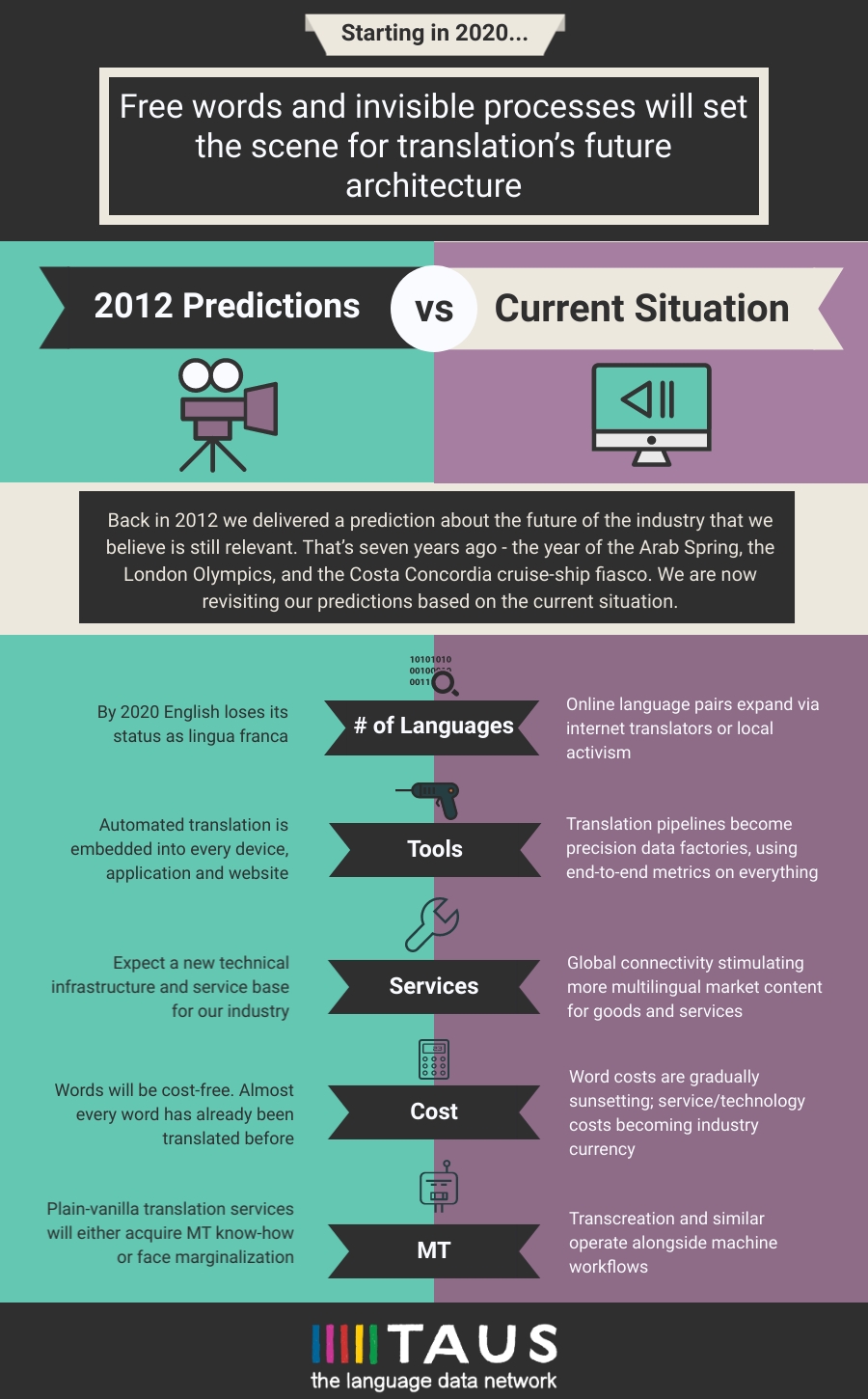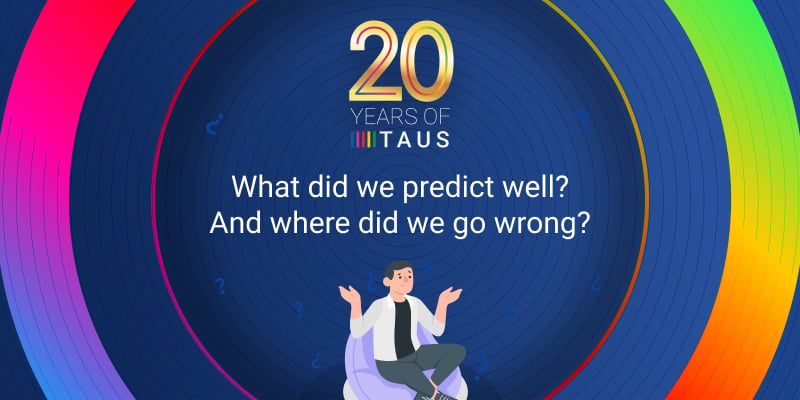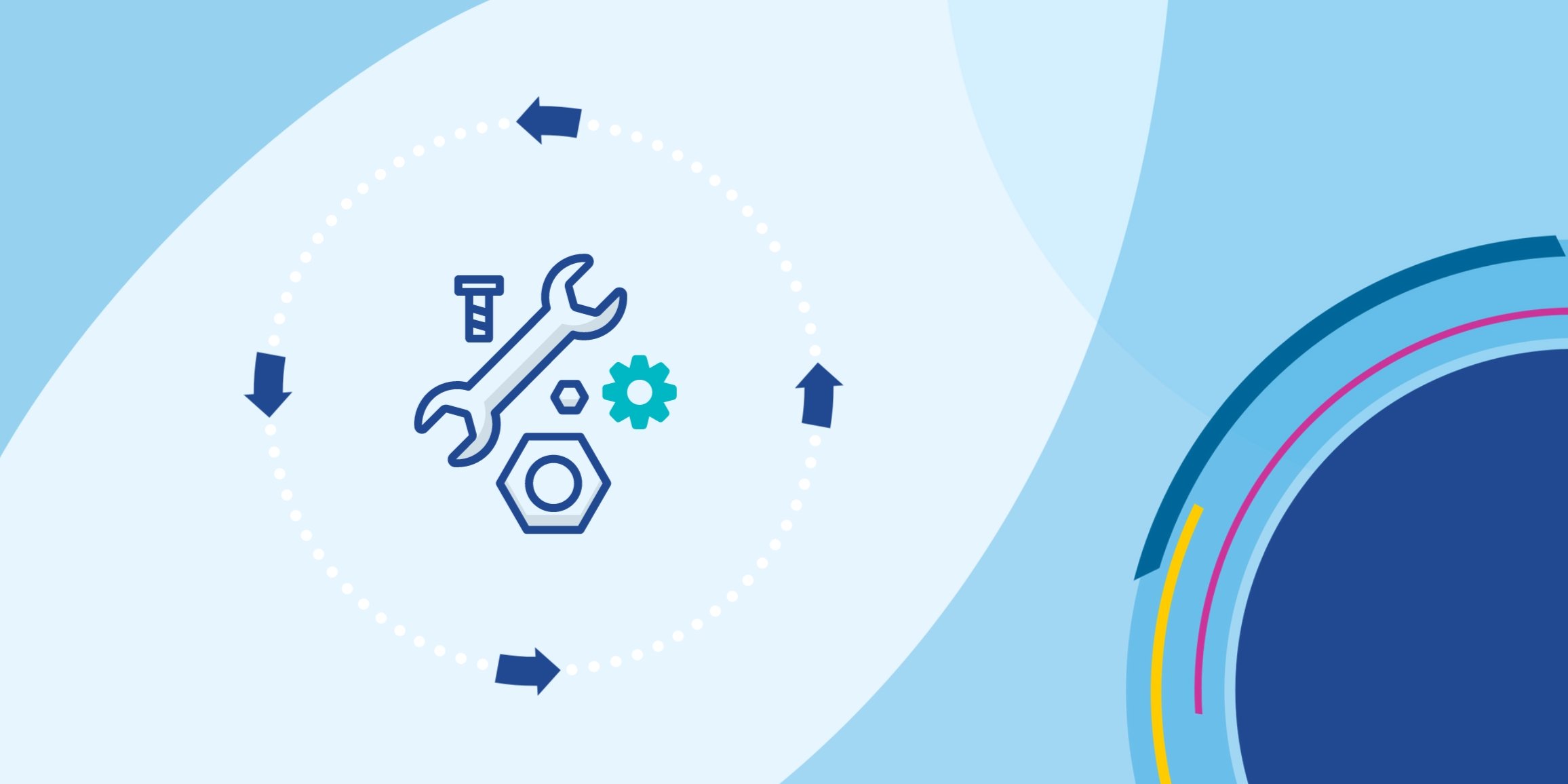Heh! It’s Nearly 2020! Are You Ready?

What is awaiting the translation and localization industry in 2020? What predictions of the future have come true so far?
You may be looking forward to Spielberg’s new version of West Side Story or the US presidential election next year, but are you ready for content globalization the way TAUS sees its future? We’ve been peering into a crystal ball for you for a long time. Now is the right time for an update. Via a glance in our rear-view mirror!
Back in 2012 we delivered a prediction about the future of the industry that we believe is still relevant. That’s seven years ago - the year of the Arab Spring, the London Olympics, and the Costa Concordia cruise-ship fiasco. Neural network MT technology was still a glint in researchers’ eyes.
We speculated about where the money would be in 2020 and our basic message was this: with the development of massive digital language data resources, words in languages would become “free” while the companies that build the infrastructure to create, circulate and transform these words would reap the rewards of the business. So building and curating language data is a way of liberating words from their limited local ownership, and enabling them to be used by any computer algorithms to enable translation and communication.
Outside the traditional translation industry today, mass translation - the kind of quick translation people all over the world need everyday to solve a local problem - is gradually being absorbed into ambient technology via AI. The amounts of words involved will eventually be so huge we will stop counting them. But this surge in functionality could have a major impact on us.
Many more language pairs will start to come online, either through the conscious choice of big internet translators or as a result of local activism on all continents. We always seem to be talking about ~100 languages in our content globalization business, but the ultimate target figure will likely be five times higher in a decade or so. Why and how? Because more varied language data (text but mainly speech from the 4 billion and counting smartphone population, soon to be augmented by language data from sensors in the IoT) are being created daily on a massive scale. And zero-shot translation algorithms are beginning to work better.The key takeaway here: planet-wide multilingual activity will rapidly stimulate a need for more multilingual market content around goods and services. Which is where the language industry comes in again.
As we all know, automation is well underway for large swathes of content and communication translation. The industry is also exploring the options of transcreation and other forms of human intervention alongside data-driven MT workflows to provide the bespoke services needed in the marketplace. This, of course, is our core business, and where the money is.
Yet even more disruptive is the fact that every translation pipeline can itself be transformed into a precision data factory by using metrics to deliver detailed insights into every step of the process. This is leading to new ways to measure, adapt and preserve quality. But also to cost translation. Per-word costs will gradually fade into the sunset, and service and technology costs will take over as the industry currency. As we said back in 2012, words will be ‘free’ in both senses of the term. Additionally translation ultimately wants to be invisible for the end-user, as Daniel Marcu of Amazon reminded us in a TAUS interview recently. Free words and invisible processes will set the scene for translation’s future architecture. Starting in 2020…
Who gets paid for translation in 2020?
On June 25-26 2019 around sixty business owners from the buy and supply side of the market will meet at the TAUS Industry Leaders Forum in Salt Lake City. In a world cafe style, inspired by dozens of questions submitted by the participants, we will examine the future and define ways in which we can collaborate to fix the translation ecosystem. Believe it or not, one of the questions that was submitted was: “Who gets paid for translation in 2020?”. We are glad we answered that one seven years ago and we were pretty close….. Check back in with TAUS in July to find out more about the future.
Five key things we said in 2012:
- Translation was already being paid for in many different ways than the word-price model. Big tech players from Google to Baidu provide translation in exchange for looking at adverts. In the European Union, each citizen pays about €2 a year for the billion-euro translation budget.
- By 2020, translation would be embedded in every device, app and website. Clearly people would not be paying cash-per-word for all this.
- The ubiquitous availability of MT solutions will stimulate demand for premium translation solutions and constant innovation to provide them.
- Smart language service CEOs will shift from offering piece-meal localization to enterprise-wide language strategies.
- By 2020, freeing up words as data will have stimulated a virtuous cycle in translation services so that many more people will get paid for them!

Jaap van der Meer founded TAUS in 2004. He is a language industry pioneer and visionary, who started his first translation company, INK, in The Netherlands in 1980. Jaap is a regular speaker at conferences and author of many articles about technologies, translation and globalization trends.
 by Dace Dzeguze
by Dace Dzeguze

